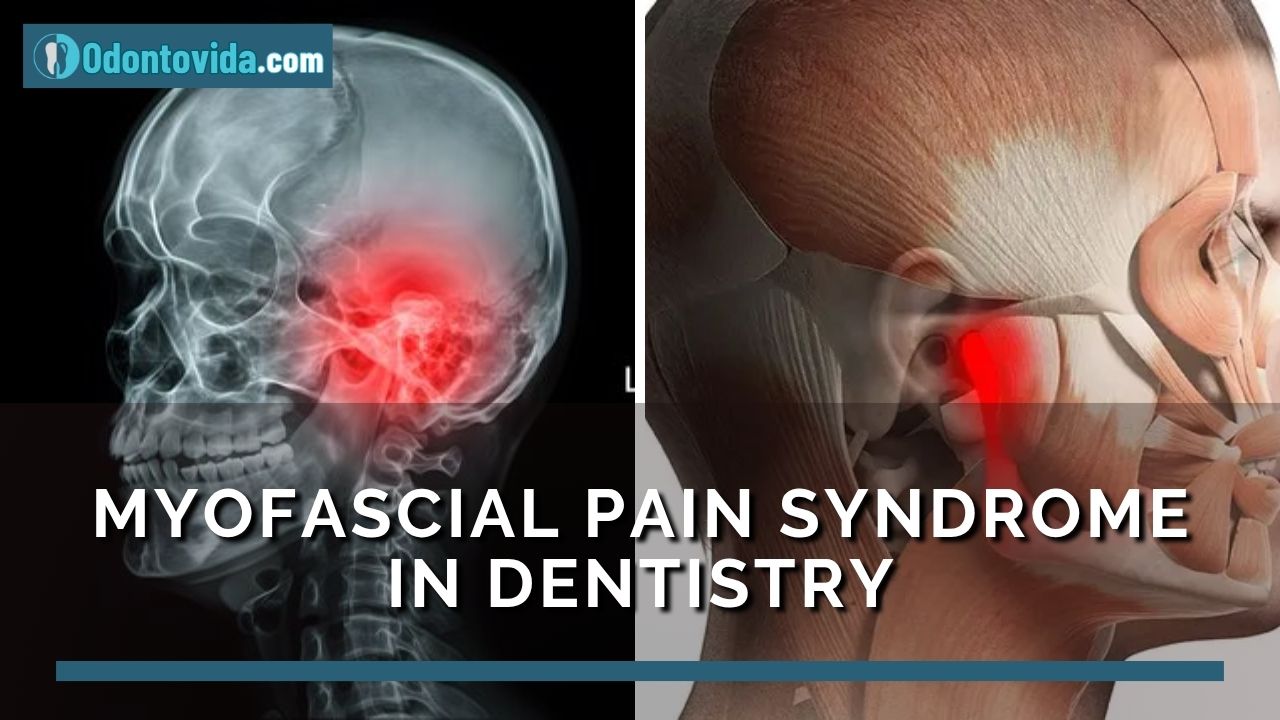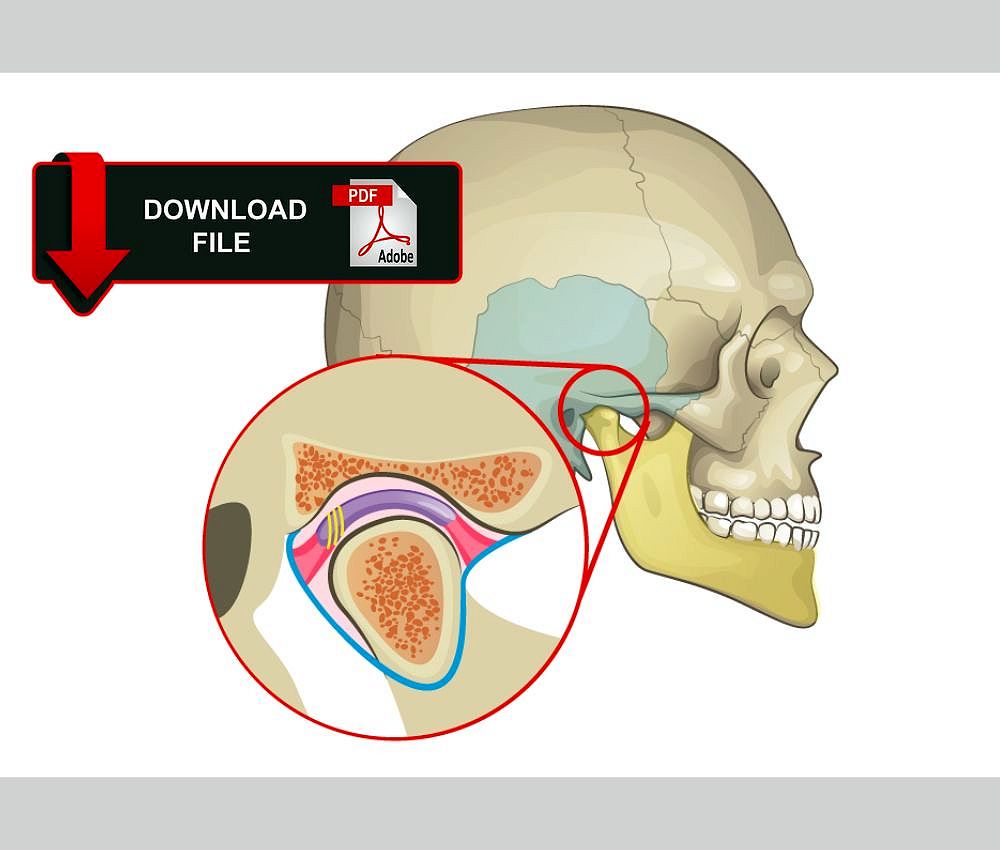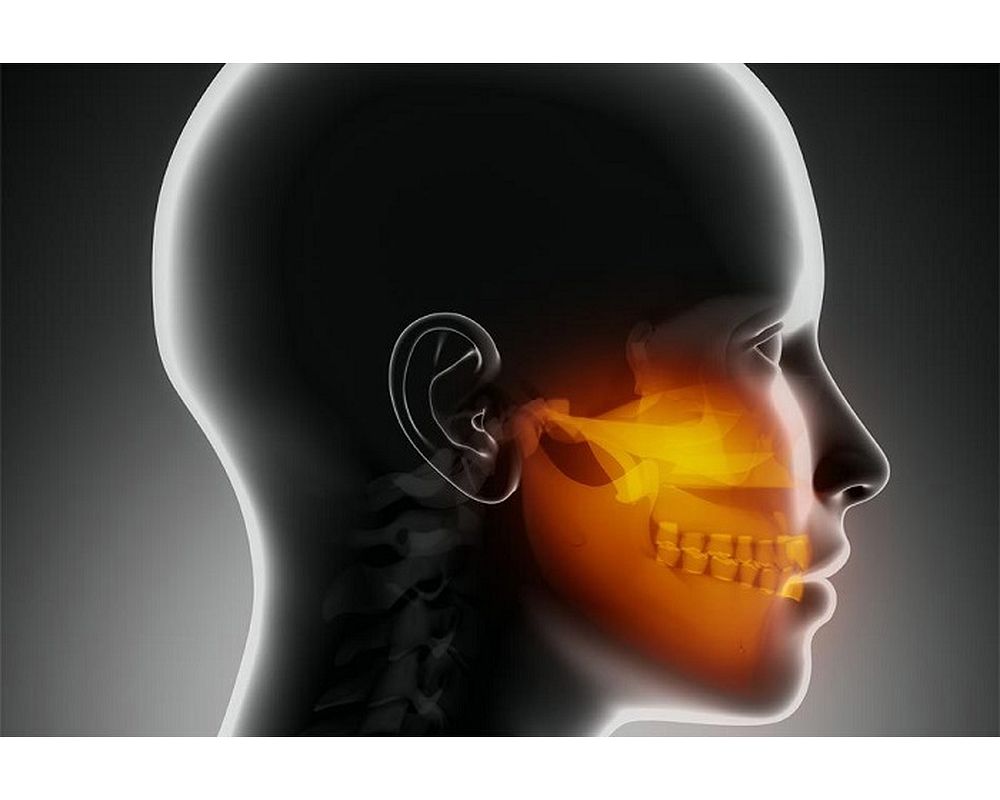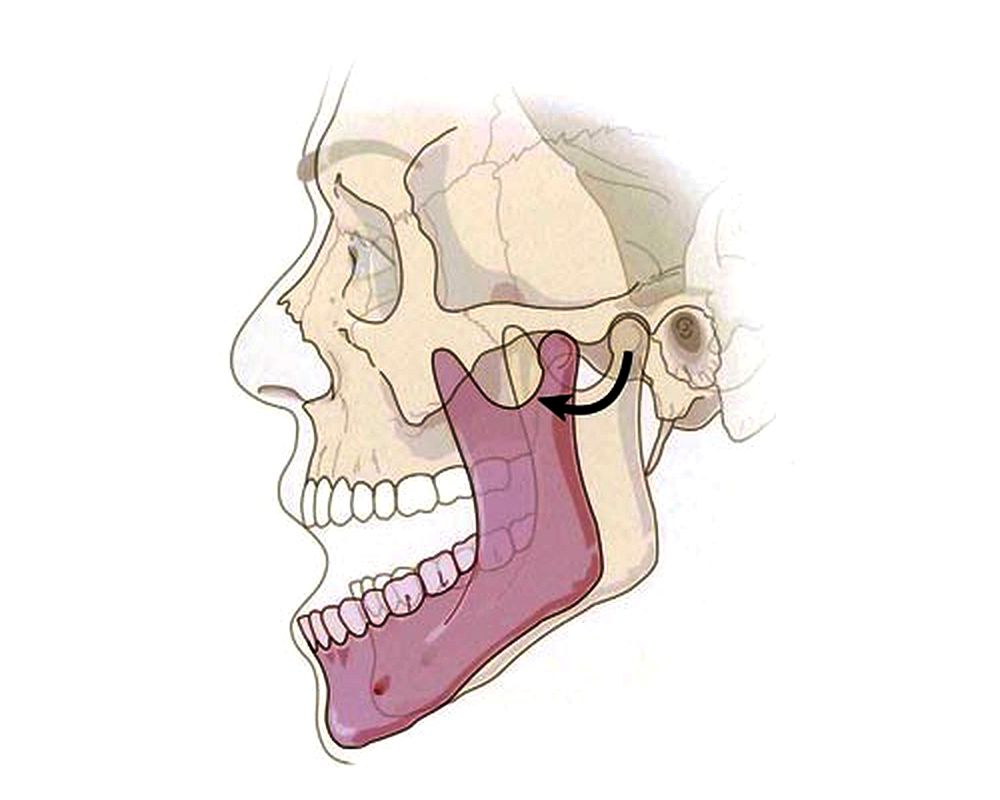Orofacial pain is a common concern in dental practice and may stem from various sources including dental, joint, neuropathic, or muscular origins.
📌 Recommended Article :
PD/Video 🔽 Bruxism: What are the symptoms? How is it diagnosed? ... Bruxism can occur at any age, and must be diagnosed and treated in time to avoid its serious consequences and complications. Treatment is sometimes usually multidisciplinaryMyofascial pain syndrome (MPS) is one of the most prevalent muscular causes of orofacial and jaw pain, often presenting with facial trigger points and mimicking temporomandibular joint dysfunction (TMJ disorder) or tooth pain. Early recognition is key to avoiding misdiagnosis and unnecessary dental procedures.
Advertisement
✅ Definition of Myofascial Pain Syndrome
MPS is defined as a chronic pain condition involving myofascial trigger points—hyperirritable spots located within taut bands of skeletal muscle or fascia. When palpated, these points produce localized or referred pain and muscular stiffness (Simons et al., 1999; Gerwin, 2020).
✅ Causes and Risk Factors
Several factors contribute to the onset of MPS, including:
° Bruxism and chronic jaw clenching
° Muscle overuse (e.g., prolonged chewing, poor posture)
° Emotional stress, leading to muscle tension
° Poor occlusion or dental misalignment
° Tooth loss or unbalanced prosthetics
° Jaw trauma or repetitive microtrauma
These triggers can result in dysfunctional muscle contraction and sustained activation of trigger points.
📌 Recommended Article :
Video 🔽 Dislocation ... Dislocation of the temporomandibular joint is a painful condition that occurs when the mandibular condyle becomes fixed in the anterosuperior aspect of the articular eminence✅ Symptoms and Clinical Presentation
Typical symptoms of MPS in dental patients include:
° Persistent jaw pain or soreness
° Facial muscle stiffness and tenderness
° Referred pain to the teeth, temples, ears, or neck
° Jaw fatigue or tightness during talking or chewing
° Clicking or limited range of motion in the TMJ
° Sensation of malocclusion without clinical evidence
These symptoms often resemble TMD or neuropathic conditions, making clinical evaluation essential.
✅ Clinical Relevance in Dentistry
Myofascial pain can complicate dental diagnosis and management due to symptom overlap with:
° Atypical toothache (non-odontogenic pain)
° Temporomandibular joint disorders (TMJ/TMD)
° Facial nerve pain or neuralgia
° Persistent post-treatment dental pain
According to the American Academy of Orofacial Pain (2022), up to 85% of patients with chronic orofacial pain have a muscular component. Failing to recognize MPS can result in unnecessary root canals, extractions, or surgical interventions.
📌 Recommended Article :
Video 🔽 What are the symptoms of clenched teeth and how can we fix it? ... This activity is nocturnal and in states of unconsciousness. The consequences of bruxism is varied, since it affects teeth, muscles and bones✅ Diagnosis
MPS diagnosis is clinical and based on:
° Palpation of active trigger points
° Reproduction of referred pain
° Muscle tightness and tenderness
° Exclusion of dental or joint pathologies
Imaging is not typically required but may be helpful in ruling out other causes. Ultrasound and electromyography are sometimes used for muscle assessment.
✅ Treatment Options
Effective management of MPS is multidisciplinary and includes:
➤ Physical Therapy and Manual Techniques
°Myofascial release and massage therapy
° Dry needling
° Jaw stretching and strengthening exercises
° Ultrasound therapy or heat application
➤ Medications
° Nonsteroidal anti-inflammatory drugs (NSAIDs)
° Muscle relaxants (e.g., cyclobenzaprine)
° Local anesthetic injections for trigger point relief
➤ Dental Management
° Occlusal adjustments and bite correction
° Night guards or splint therapy for bruxism
° Replacement of missing teeth to restore occlusal balance
➤ Psychological and Behavioral Support
° Cognitive-behavioral therapy for stress and anxiety
° Biofeedback or relaxation techniques
📌 Recommended Article :
Video 🔽 Massage Tutorial: Myofascial release for TMJ/jaw pain ... The temporomandibular joint can undergo some alterations that cause pain to the patient, and can limit the movements of the jaw. In this syndrome the muscles are also involved💡 Conclusion
Myofascial pain syndrome is a common yet frequently overlooked source of jaw muscle pain and orofacial dysfunction in dental patients. Its overlapping symptoms with other dental and TMJ conditions can lead to misdiagnosis and overtreatment. Dentists must be equipped to recognize the signs of MPS and apply integrated approaches involving manual therapy, medication, and occlusal management. Early diagnosis is critical for successful pain relief and restoration of normal function.
📚 References
✔ American Academy of Orofacial Pain. (2022). Orofacial Pain: Guidelines for Assessment, Diagnosis, and Management (6th ed.). Quintessence Publishing.
✔ Gerwin, R. D. (2020). Classification, epidemiology, and etiology of myofascial pain syndrome. Current Pain and Headache Reports, 24(5), 1–6. https://doi.org/10.1007/s11916-020-00832-5
✔ Simons, D. G., Travell, J. G., & Simons, L. S. (1999). Myofascial Pain and Dysfunction: The Trigger Point Manual (2nd ed.). Williams & Wilkins.
✔ Fernández-de-Las-Peñas, C., & Dommerholt, J. (2018). Myofascial Trigger Points: Pathophysiology and Evidence-Informed Diagnosis and Management. Jones & Bartlett Learning.
✔ Manfredini, D., & Guarda-Nardini, L. (2020). Myofascial pain in temporomandibular disorders: An updated review on diagnosis and management. Journal of Oral Rehabilitation, 47(5), 670–682. https://doi.org/10.1111/joor.12930
📌 More Recommended Items
► What is temporomandibular disorder? - Concept, diagnosis and current treatment
► Is there a relationship between headache and temporomandibular disorder?
► Can children suffer from bruxism?















